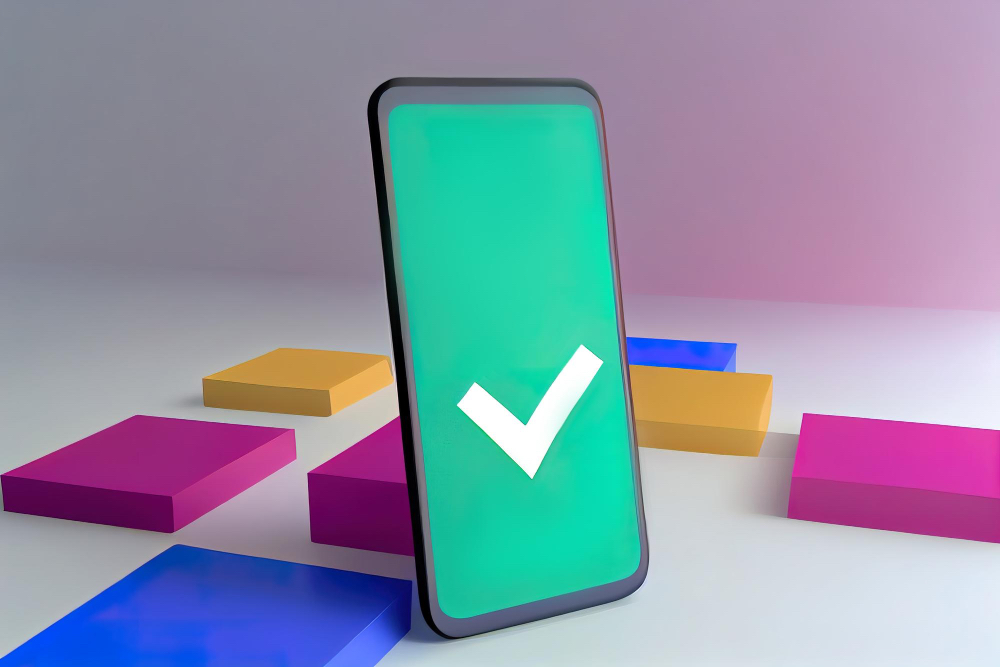As smartphones are ordinary objects that most people own, app usage has also become quite common. People spent more than 171 billion in-app purchases in 2023, and with the continuously evolving technology, the phenomenon will likely not change anytime soon.
The problem is that the Google Play store hosts over 2.45 million apps, all of which are trying to sell something. If you want your app to succeed, you must make it stand out and look desirable. Worry not because this guide will offer six strategies to create and launch a successful mobile app.

- Use Trends to Your Benefit
Before designing your app, you must look into trends. Mobile apps have gone through numerous updates and re-launches throughout the years, mainly because people’s preferences keep changing. Remember that if a particular feature is popular at the moment, it will likely draw people.
For example, passwordless authentication has become quite popular, with many users loving the hassle-free alternative of logging in. Flat and simple designs are also popular, along with customizable themes. So, if you decide to implement a trendy option, the chances are higher that people will download your app.
- Employ the Right User Acquisition Tactics
If you want to stand out from your competition and attract many users to your app, you need to use the correct user acquisition tactics. Simply waiting for individuals to download the app is not enough – they must be drawn in and converted into active users. Sometimes, this might require a couple of tricks on the developer’s part – but ones that the people will enjoy.
App store optimization (ASO) remains one of the best ways to draw followers organically, as they will search for your app using keywords. Another popular tactic is using social media to draw new individuals to the app. For instance, you could create a compelling video or picture and employ targeted advertising to reach your audience. You can even rely on influencer marketing to drive users, as content creators have a more personal connection with their audience.
- Consider App Distribution Channels
The app distribution channel that you use could also affect the success of your app. Indeed, app stores remain the most popular choice, but you need to be careful of the channels you focus on. For example, while Google Play and Apple Store are at the top, Huawei might not be a profitable investment. This is because Huawei devices lost a lot of popularity once the company stopped carrying the Google Store.
Social media platforms are also great for promoting your app and directing people to the official download page. Last but not least, you could partner with manufacturers and strike pre-installation deals, installing the app on the new devices before it even reaches the users.
- Make Use of Emerging Technologies
When it comes to apps and technologies, users are always looking for something new or different. For this reason, you could take advantage of emerging technologies that you could use for app development. For instance, virtual reality has previously been used in games but has now entered the realm of apps. Developers can employ it to offer immersive experiences for customers, making the product more attractive.
AI technology integration could also make the app more successful. Aside from the usual voice assistants and chatbots, this kind of technology can provide predictive insights. For example, an AI-assisted shopping app could offer personalized recommendations, triggering the user to purchase more. Software development kits such as the Honeygain SDK can also make it easier to create higher-performing apps, making them more enjoyable for users and boosting the revenue stream.
- Implement the Right Monetization Strategies
When releasing an app, you also need to consider the monetization strategies you plan to use. For the most part, people don’t want to pay for apps, which means that a paid version right off the bat might discourage people from installing it. However, they may be given incentives to pay if you are smart about it.
A good idea to make your app popular is to start with a free version and give people the option for in-app purchases. This could include upgrades, unique benefits, or a version that does not contain ads. “Freemium” models have gained plenty of popularity – this is where you provide users the basic features for free and offer a premium option with higher functionality.
- Be Creative with User Engagement Strategies
The success of an app could also depend on the user engagement strategy you apply. For instance, push notifications remain one of the most popular options to keep users in the loop, having them return for more. Just ensure they are valuable and not too pushy since around 42 percent of the users disable these notifications if they get too many.
You could also create a social component to keep the users engaged in the app. For example, you can make a section where users can chat with one another, be it in a group or individually. This way, people will feel like they’re part of a group and will check your app to see and send/respond to messages.
The Bottom Line
Creating a unique app could seem challenging nowadays, especially considering their sheer number. That said, with the right strategy, you can develop an application that sells. Check the tactics above and put together a strong plan before starting the development process.